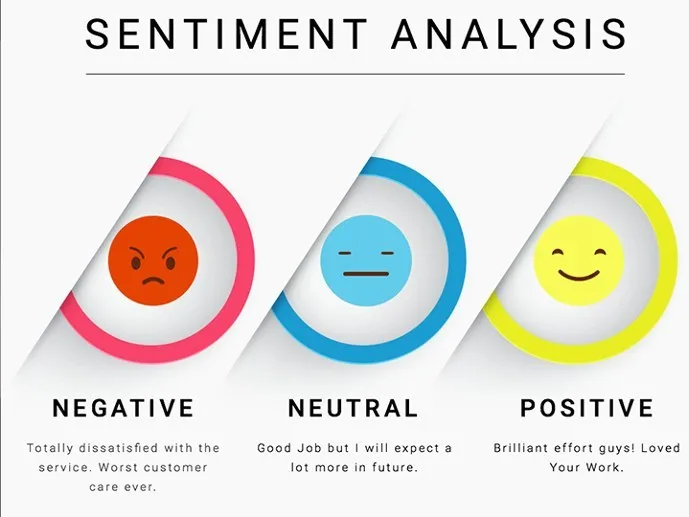Customer Success and Customer Experience
How to Strengthen Customer Communication with AI

by
Team Userlane
6 years ago ・ 6 min.Table of Contents
The Power of AI to Drive Customer Communication and Customer Engagement
1. AI-Enabled Chatbots to Deliver Real-Time Support
Chatbot adoption has been skyrocketing in recent years. The adoption rate has been so consistent and rapid that Gartner estimates that by 2020, at least 25% of customer service operations will be using virtual customer assistants like chatbots. The business impact of chatbots will come in the form of accelerated responses to customer queries, savings in time in attending to customer service calls, and drastic productivity improvements in rendering customer service. In fact, IBM estimates that chatbots can cut down resolution times from 38 hours to under 5.4 minutes for tier q inquiries. Customer service agents, who are offering live support to customers, will also be able to bank on the intelligence of chatbots to provide contextually correct assistance. Nowadays, this is exactly what customer communication platforms (like Zendesk and Acquire, for example) are trying to do. These platforms enable businesses to deliver in-the-moment customer engagement with the help of AI-powered chatbots to engage, support, or even onboard customers. Instant communication with chatbots combined with multi-channel support (websites and mobile apps) will, therefore, deliver insightful details to strengthen your customer engagement strategies.2. Personalized Product Offers to Maximize Order Value
According to PwC’s Future of customer experience study, 63% of customers are willing to share their data for personalized experiences. Businesses are also willing to offer personalized services. But, this, of course, is easier said than done. Imagine how difficult it would be for any online store to provide personalization at scale? Amazon, for instance, handles billions of transactions on a daily basis. To provide personalized product recommendations to each customer would be impossible. But, with the data-crunching capabilities of AI, what was once simply a pipe-dream is now a reality. Today, AI can sift through recorded customer preferences, their demographics, and also recent shopping behavior to suggest related products that the customer would be interested in. A classic example of this would be Adidas and its “Complete the Look” recommendation feature. The sportswear giant has partnered with artificial intelligence platform provider Findmine to generate outfit recommendations that help customers complete their look.
3. Personalized Customer Journeys Through Chatbot Integration
When you visit a brick-and-mortar store, a store assistant with a good service attitude can show you around to find the right product or service. But, for a website visitor, hopping from one page to another looking for information can be exasperating. Chatbots can prove to be a life-saver here. They can ease the purchasing process by conversing with the customers to help them identify their exact requirements. A good example to look at here is Expedia, a globally reputed online travel agency that helps customers book flight tickets, hotel accommodation, car rentals, vacation packages, and much more. Expedia integrated a Facebook Messenger bot into its Facebook page to help customers ease the process of travel booking. The chatbot asks for specific information like traveling city, dates, type of accommodation expected, etc., and then based on the customer’s input, the bot suggests the five most popular hotel options in the chosen location.
Image Source
Similar to Expedia, other travel planning and booking websites like KLM Airlines and Booking.com have also taken to chatbot integration for offering customer journey personalization.4. Feedback Collection and Sentiment Analysis to Measure Customer Engagement
Did you know that only 1 out of 26 unhappy customers complain? The rest simply churn. For this reason, it is imperative that businesses collect customer feedback so that they can offer their customers a better experience. The feedback collected must also be subjected to analysis to zero in on areas that are working well and those that need improvement. Can AI lend a helping hand in this space? Of course, yes. Chatbots and conversational interfaces can help in feedback collection and sentiment analysis to measure customer engagement. But what exactly is sentiment analysis? Sentiment analysis is an automated process that leverages artificial intelligence to methodically analyze text to evaluate the intended feeling of the text. For instance, the use of certain negative words could mean that the customer is upset while the use of cheerful words can mean the customer is satisfied with the business. KDnuggets classifies sentiment analysis into three popular classes as depicted below:
Image Source
Customer feedback collection, along with sentiment analysis, can help a business figure out what is working well and what is causing frustration for their customers.5. AI-Powered Predictive Analytics for Data-Driven Decision Making
According to IBM’s Analytics: A blueprint for value study, 75% of top-performing organizations cite revenue generation or innovation as the chief source of value from analytics. However, plain analytics looks at data from a historical point of view. Quite often, it is a dissection of what went wrong and how to avoid it in the future. Predictive analytics, on the other hand, looks at historical data, unearths patterns, and helps predict future outcomes based on real-time data. For businesses, it could act like a pulse reader that helps prevent unexpected downtime. And guess which technology is the ideal choice for predictive analytics? artificial intelligence and its subsets like machine learning and deep learning, of course! These technologies can dig deep into data to unearth useful information about the past and how they will impact future operations. Although predictive analytics has diverse applications in several industries, the biggest application of all is perhaps in the e-commerce industry. AI-based predictive analytics has great potential to help retailers predict the products that customers could possibly buy in the near future. Based on such predictions, retailers can then offer tailor-made offers and product suggestions that will heighten customer engagement.6. Automated Product Pricing Models
Ever since the days of the Industrial Revolution, businesses have been struggling to fix the right price that their customers can afford as well as generate their profits. In the B2B sector or for SaaS businesses, strategic pricing is what helps them defeat the competition and grab market share. In today’s day and age, where the needle of the market dynamics fluctuates wildly on a global level, altering pricing on a routine basis can be difficult, particularly for retailers and customer-facing businesses that see pricing as a differentiator. AI has a use case in this scenario as well. Market analysts, finance professionals, and decision-makers have already started embracing AI to automate their pricing models. Even SaaS businesses that use subscription pricing models are resorting to the intelligence of AI to automate their pricing models. A good example of this model is the Incompetitor tool developed by Intelligence Node. It is a retail product index that helps businesses to access competitors’ catalogs and pricing to fix their own benchmark pricing.It’s About Personalization: The Future of Customer Communication
Most businesses would go to any length to read their customers’ minds, and this is what makes artificial intelligence so powerful. AI has the power to get into customers’ minds through the power of data. It can sift through massive amounts of data to unearth insights about the present, future, and past outcomes. There are also AI-driven chatbots that can talk like humans and can, therefore, take personalization to a whole new level. In the process, it will also unearth insights that will help businesses to maximize customer engagement. So, is your business leveraging artificial intelligence to maximize customer engagement? If not, perhaps it’s time to do so – it’s never too late to leverage and harness the digital transformation potential of AI to benefit your company greatly! In the era of digital transformation, automating and improving processes is where it’s at! Leveraging the powers of AI is only one facet of improving your customer experience. Digital transformation is about people, and for those customers who use your product, they want to be given the optimal customer experience. Delivering an exceptional customer experience all starts with the user onboarding experience. Find out all you need to know about the user onboarding experience by downloading our latest guide. Visit our knowledge hub for more helpful resourcesNew to Userlane? Take a step in your software adoption journey and join the pool of our happy customers.
About the author:
The Userlane team brings you digital adoption insights, product updates, and plenty of onboarding and engagement advice for user-centric businesses.

